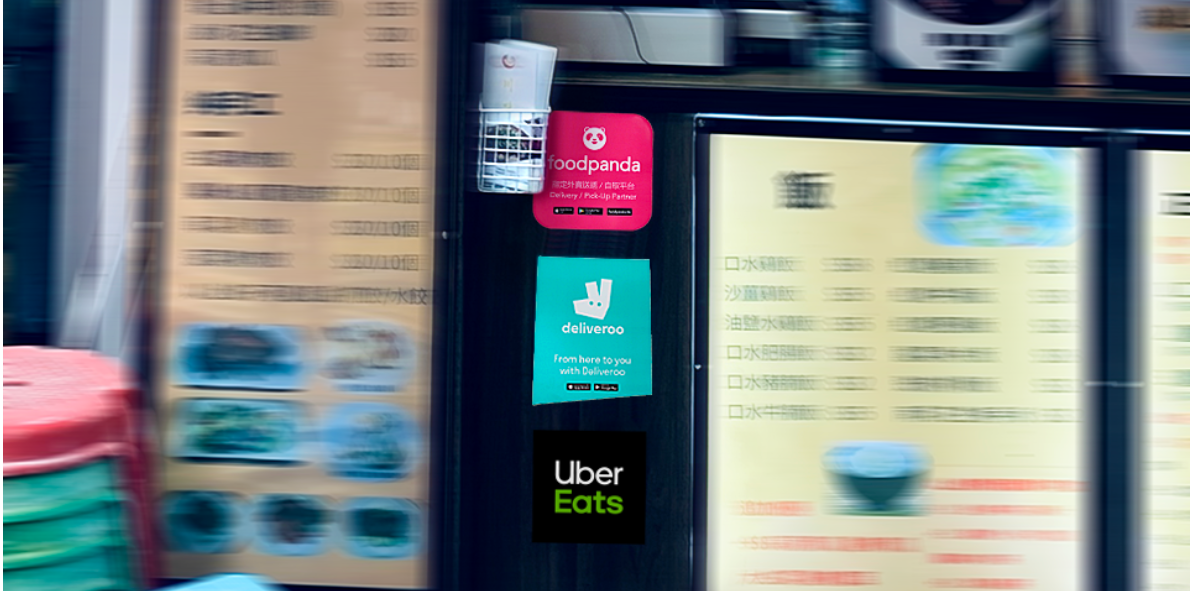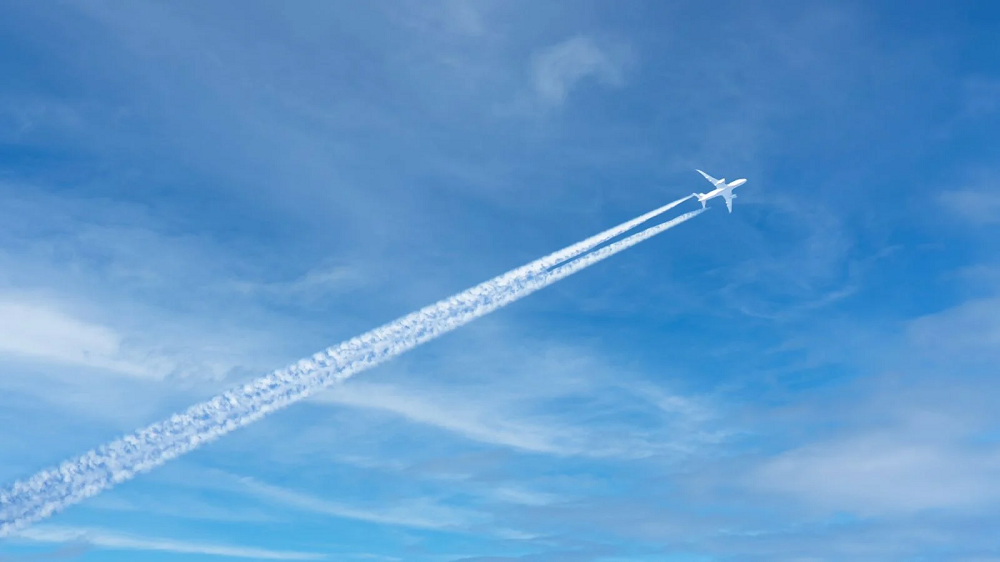While flu levels are increasing nationally, they remain relatively low with some exceptions. For instance, Kinsa’s data shows cough, runny nose and G.I symptoms are above expected levels for this time of year in the South, one of the areas in the country also experiencing an uptick in verified flu cases. Also, as we’ve previously discussed, there have been numerous reports of influenza outbreaks on and around college campuses
We hope you all had a wonderful Thanksgiving, at home or visiting loved ones. Last week, holiday travel surged back to levels just shy of our 2019 pre-COVID benchmark. Compared to 2020 people were more likely to travel, traveled significantly further, and returned to airports en masse. Today, we’ll break down the pilgrimage for you all. But first, let’s touch on the big topic of the hour: the potential of the Omicron variant. There’s still so much we don’t know, but there’s some scenario planning we think is valuable for marketers as we stare down the idea of a new COVID wave.
With climate change concerns on the rise, companies have taken to hiring so-called Chief Green Officers or Chief Sustainability Officers (CGO) into their C-suite. But can these employees actually make a difference to the sustainability of a company? Or are these appointments nothing more than greenwashing? Over the past decade, spikes in hiring of CGOs seem to coincide with public attention to climate and sustainability related issues. Below, the gray bars indicate whenever there is a spike in news searches for “sustainability” on Google Trends:
Just as we started to get comfy, the ever-changing 14-day average of daily COVID-19 cases flipped from negative to positive this week. Cases are increasing in 25 states, and the overall case numbers are hovering around 74,000 cases per day. The magnitude of this wave will depend on vaccination rates as well as the number of previous infections. Some areas that were spared earlier in the Delta surge are now being hit harder.
Respiratory symptoms like cough and runny noses are on the rise in states west of Colorado, Kinsa data show, despite those symptoms waning in the rest of the country. California, Nevada, and Utah show signs of increased RSV activity, and Nevada is also showing some signs of increased flu activity. Many of these states also show an increase in the number of fevers compared to this time of year in a typical illness season. Like we discussed last week, nationally, fevers are lower than expected for this time of year.
Fevers - a hallmark sign of infectious illness - typically increase this time of year. Yet this year, they aren't. During a normal illness season, fevers hit their lowest levels in mid-summer. Starting in August, when schools return to session, fevers tick up again before peaking around the winter holidays, and slowly receding during the spring. This year, however, fevers began rising abnormally early, in the summer, peaking at the end of August.
Kinsa data shows that despite COVID-19 cases decreasing, the U.S. has recorded the same level of fevers for the last two weeks. This stable level of illness is likely due to several factors: regional divergence of COVID trends, with some heavily populated areas getting better while other regions are getting worse or staying the same. With the historically low 2020-21 illness season (aside from COVID, few other contagious illnesses were circulating), we may be experiencing “waning immunity” to common illnesses.
When a child in a household gets sick, there can be an looming sense of inevitably that someone else will be next. But, the risk of household transmission can vary by several factors. The contagiousness of the disease itself — think R0 — can play a big part, but so do qualities like preventative behaviors, family size and structure, and the ability and resources to isolate when sick.
The Midwest and Mid-Atlantic states are getting ill fast. Since Labor Day, most states in these regions have seen rapid increases in fevers, Kinsa data show. Since confirmed COVID-19 cases did not increase at the same rate within that period, the increase in fevers is likely due to another infectious illness, like RSV. The CDC reports that flu cases remain low across the country, ruling it out as a likely culprit. Regardless of the root cause for rising illness levels
The full back-to-school (B2S) season saw no growth relative to 2019 (Yo2Y), an improvement from last year’s stunted season, but still shy of the 4% Yo2Y growth levels pre-pandemic. In-store spending declined 10% Yo2Y while online spending grew 27%. Foot traffic data to malls reflected a 16% decline this season compared to 2019; still a ways towards full recovery. Majority of states saw lower levels of spending relative to pre-pandemic, like D.C. and Louisiana (20+ points lower), California and Texas (10+ points) and New York (6+ points).
It’s a mixed bag of COVID news this week: Nationally, overall illness stats looked promising, with COVID cases and hospitalizations both decreasing. And while this is excellent news, the declining numbers obscure a more significant illness trend. Many regions across the country see increasing levels of illness. The downward trend in overall numbers is due to illness levels decreasing in highly-populated and hard-hit areas like Florida, California and Texas.
Something odd is happening in homes across the country — Infectious illness is spreading unusually fast for this time of year. Household Secondary Attack Rate, or SAR, measures how transmissible an infectious disease is within a household. In other words, it’s a measure of how likely someone _else_ in the home is to get sick when one family member becomes ill. Kinsa data shows that right now, SAR is as high as during the peak of flu season, despite there being very little flu. Two main factors likely drive this abnormal peak in SAR:
With the end-of-summer holiday around the corner, COVID-19 cases continue to increase for most of the country, but the epicenter of the outbreak is shifting. This week saw 165,000 new cases per day, up from July’s low point of less than 15,000 daily cases. Sadly, hospitalizations and deaths continue to increase as well, although at lower levels than previous waves. In good news: Vaccinations picked up steam in the wake of the official FDA approval last week. More than 800,000 shots per day were administered on average this week, up from July’s low of ≈500,000 shots per day.
The current wave of the pandemic that began around Arkansas is marching north. States in the Northeast and Upper Midwest that have largely maintained low case counts during this wave are starting to see increases in COVID case numbers. If you’re in one of these areas and have been putting off adopting pandemic precautions, it’s time to amend that decision. Cases in South Dakota have accelerated at the fastest rate in the country after more than half a million people came together for the Sturgis Motorcycle Rally last weekend.
If you caught our founder and CEO Inder Singh on Stephanie Ruhle Reports on MSNBC this morning, you may be wondering “whoa — multidemic?! What does that mean?” Though the host ran out of time to get to this topic, we would love to provide more information for any viewers wondering - and possibly concerned. Kinsa’s data leads us to predict that this winter will see a “multidemic” — or many epidemics circulating at once. This multidemic will likely be a combination of COVID, flu and other respiratory viruses.
Nationally, cases continue to crawl northward from the outbreak’s epicenter in the south. New daily cases are again surging, currently averaging more than 100,000 new cases per day (similar to levels we saw last fall and winter). Hospitalizations approach the levels seen during the beginning of the pandemic, with an average of about 53,000 people currently hospitalized. For context, hospitalizations during the first wave peaked around 58,000.
Sadly, we’re back to a situation all too familiar - COVID cases are rapidly increasing across the country, nearing the 65,000 cases per day we saw during the second wave in July 2020.The slight silver lining, however, is that while hospitalizations are increasing (just under 35,000 currently), deaths are markedly lower than they were at the same time in 2020.
COVID-19 cases increased 180% from two weeks ago, at about 45,000 new cases per day. Hospitalizations and deaths are also increasing, by 53%, with 27,000 people hospitalized, and 30% with 252 people now dying every day. Compared to last week, cases were up 109%, hospitalizations up 19% and deaths up 19%. Cases are increasing in every region of the country. The highest rate of change in case numbers is occurring in Massachusetts where daily reported cases have increased by more than 350 percent to 373 per day.
COVID-19 cases have more than doubled in the last two weeks, and — in sadly all too familiar news — hospitalizations and deaths are beginning to rise again. The more transmissible nature of the Delta variant is creating a unique challenge — although many of the recent outbreaks _began_ in states with low vaccination rates, they are now also spreading to areas where large portions of the population are protected.
Throughout the early days of the COVID-19 pandemic, social distancing measures expedited the adoption and implementation of digital mental health apps and tools. To meet the rising demand for psychiatric and teletherapy services amid a worsening global mental health crisis, telehealth providers took center stage and emerged as one of the fastest-growing categories throughout the pandemic. Today, we'll examine how some of the industry's key players approached their respective ad strategies from the initial days of the pandemic through Spring 2021.































































